In this post, I will show you what the Color Box 1 is, what it looks like and some Montessori color activities using Box 1 tablets.
One of the most aesthetically appealing Montessori materials is the set of Color Boxes.
Let me focus on Color Box 1 in this post today.
Three distinct color tablets are contained in each of the first three color boxes.
The boxes were designed to be presented to youngsters starting at about 2.5 years of age in three stages: Color Box 1, Color Box 2, and Color Box 3.
There is also Color Box 4, but it doesn’t have tablets. It actually looks differently from the first three.
This topic, which is a component of the Sensorial curricular area, involves a variety of senses, but especially the sense of sight.
Children can come to a variety of different and more meaningful conclusions as a result of the numerous extensions and activities that can be added to this lovely Montessori work.
In this post, I will show you what the Color Box 1 is, what it looks like and some Montessori color activities using Box 1 tablets.
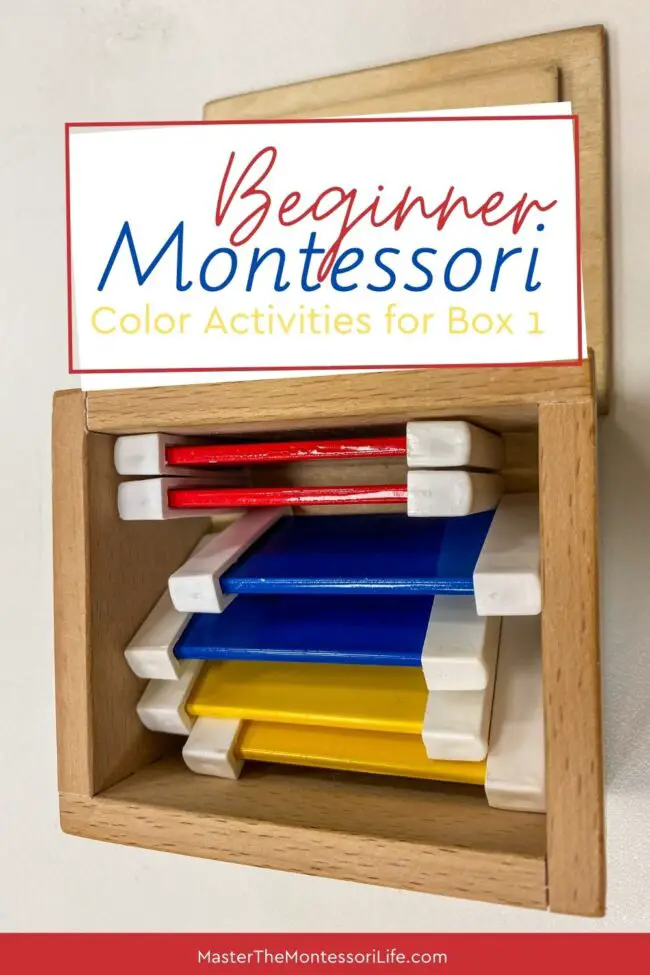
What is Montessori Color Box 1?
The primary goal of the Color Box is to assist children in developing their visual sense of color.
In Color Box 1, which is introduced to a child when he or she is 2.5 to 3 years old, you will see two tablets for the three primary colors (red tablet, yellow, and blue).
Color Boxes 2 and 3 add more tablets to the mix, allowing a child’s color awareness to be expanded further, but we will discuss those at a later time because it involves secondary colors, color mixing and more.
The Color Box provides youngsters with practice in color matching.
It also helps them to develop their fine motor skills by allowing them to utilize the pincer grip to hold the box.
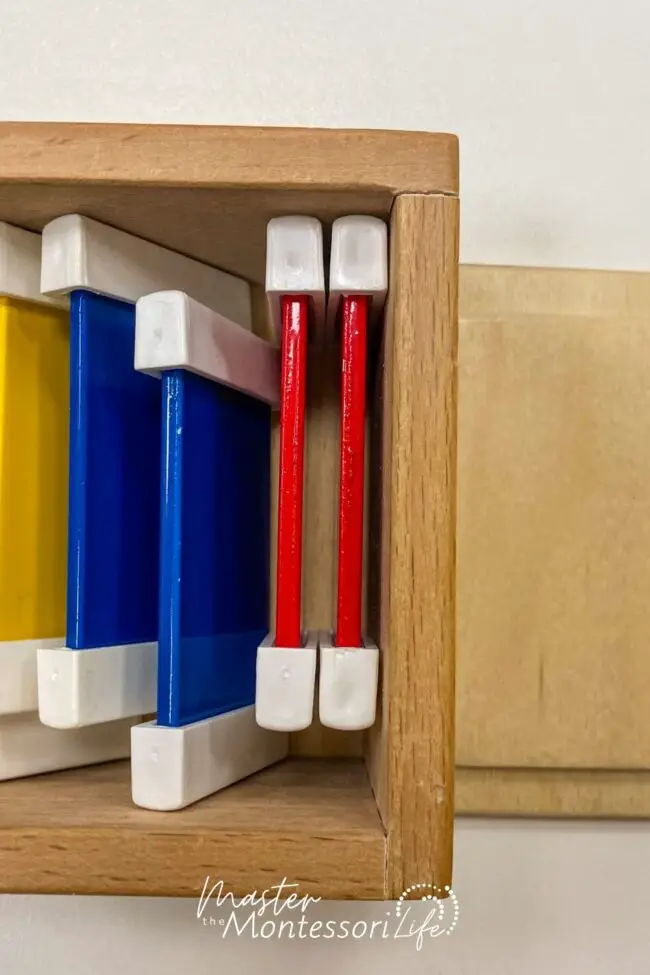
Located in the Sensorial Area, Color Box 1 is a small, unassuming wooden box that contains six color tablets in each of the a matching pair of primary color tablets.
The Montessori Guide will invite the child to sit down at a table or on a rug and go through the box together to see what they can discover.
The Montessori Guide will illustrate the proper technique to hold each color tablet, with the thumb and forefinger resting on the wooden edges of the individual tablets.
This is due to the fact that this material was originally created with silk threads that were already stained in these colors.
Color Box 1 Montessori Extensions
I will share with you a possible set of extension for this box, but first, you must know how to present the lesson for Color Box 1.
Don’t start on the extensions until the child has mastered the main lesson for Color Box 1, ok?
To learn how to present this lesson, I suggest you consider getting the lesson plan and printable color tablets below.
The lesson is presented in a step-by-step manner so it is easy for you to follow and for the child to understand.
If you don’t have the actual Color Box 1, then not to worry!
This set also includes the printable color tablets.
The can be used exactly as the original materials, as long as you either print them on thicker paper like cardstock or print on regular paper and then glue on cardboard or something similar.
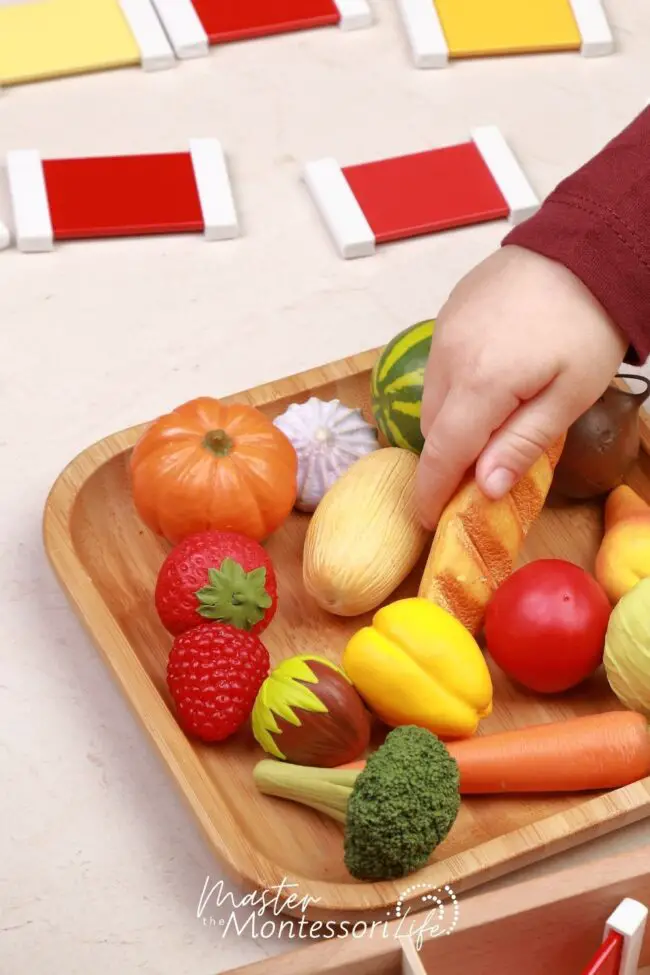
A simple Montessori inspired exercise is based on matching daily things to the color in Color Box 1 can be created.
This is, like I said, once the child learn the colors for Box 1 and has mastered the task of quickly identifying and pairing the color tablets.
Another extension is to put together a little collection of red, yellow, and blue things.
Invite the child to sort and arrange the things once the tablets have been properly matched.
Whenever the child successfully completes an activity, you may gradually increase the number of things available for them to work with next time they want to engage with the Color Box 1.
Montessori Color Tablets Printable Lesson Plan and Activity
You might also enjoy these relevant topics:
- Introduce Hibernation, Migration and Adaptation to Children
 When you introduce your children to the concepts of hibernation, migration and adaptation, you will love to learn how they find food, which ones follow each of these survival techniques and so much more.
When you introduce your children to the concepts of hibernation, migration and adaptation, you will love to learn how they find food, which ones follow each of these survival techniques and so much more. - Montessori Farm Sensory Bin: Hands-On Learning
 A Montessori farm sensory bin is simple to assemble, rooted in purposeful work, and designed to invite deep exploration.
A Montessori farm sensory bin is simple to assemble, rooted in purposeful work, and designed to invite deep exploration. - Tips to incorporate Fall into your Montessori environment
 Come and find out how you can highlight and celebrate Fall in your Montessori environment without stressing out about it.
Come and find out how you can highlight and celebrate Fall in your Montessori environment without stressing out about it. - Hands-On Fun: 3 Montessori Practical Life Activities for Fall
 These simple Montessori Practical Life activities for Fall are easy to do anytime you have the materials ready.
These simple Montessori Practical Life activities for Fall are easy to do anytime you have the materials ready. - Embracing Autumn: A Montessori Guide to Fall Fun
 Spread the loveThe arrival of autumn brings a special kind of magic. The air turns crisp and leaves paint the…
Spread the loveThe arrival of autumn brings a special kind of magic. The air turns crisp and leaves paint the… - Montessori Toddler Essentials
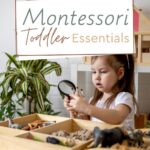 The Montessori method offers a pathway with a series of Montessori toddler essentials that you will find helpful.
The Montessori method offers a pathway with a series of Montessori toddler essentials that you will find helpful.



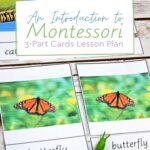
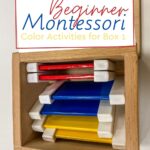
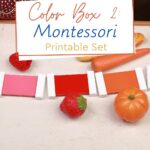
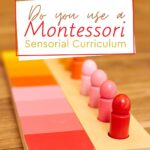
Leave a Reply